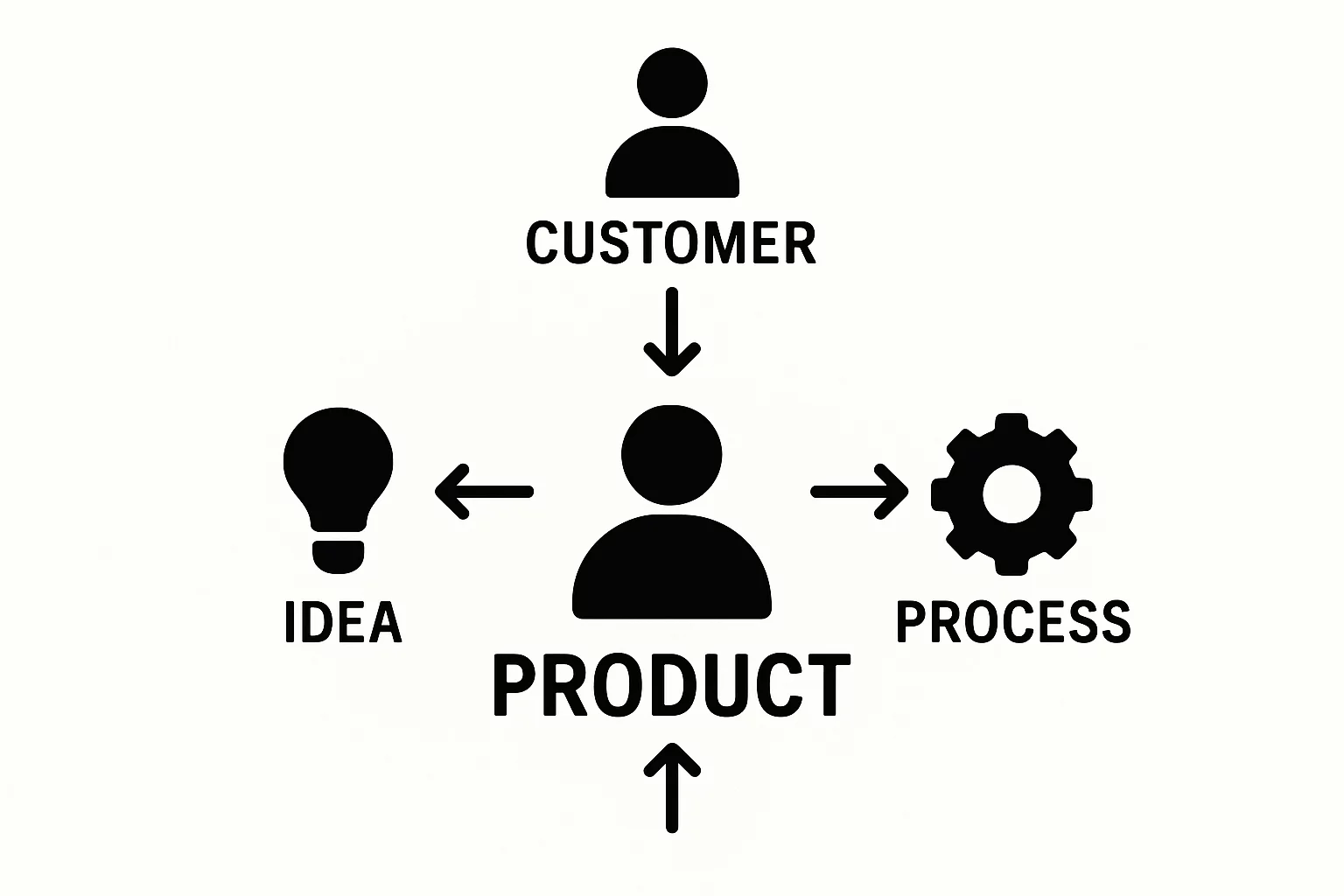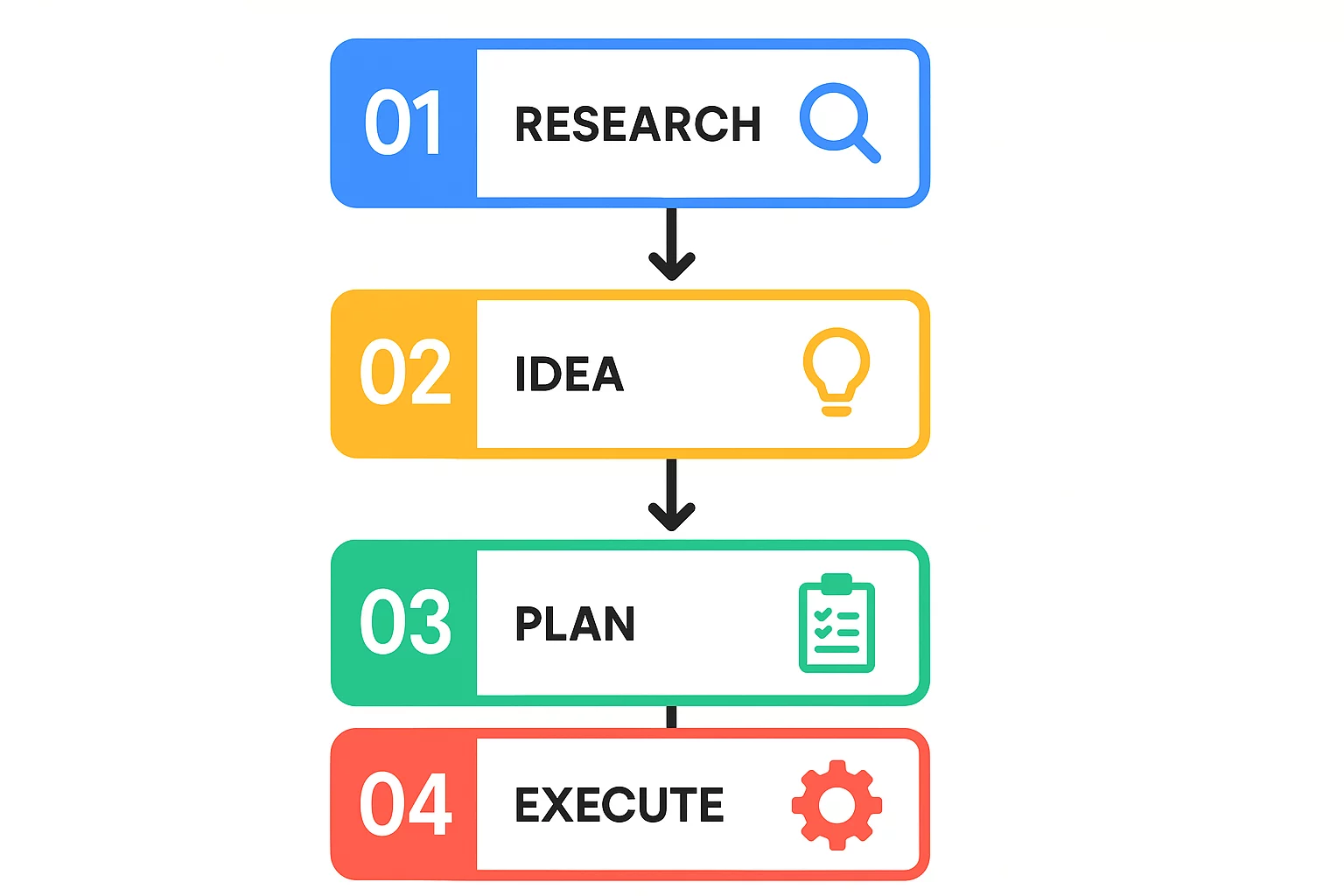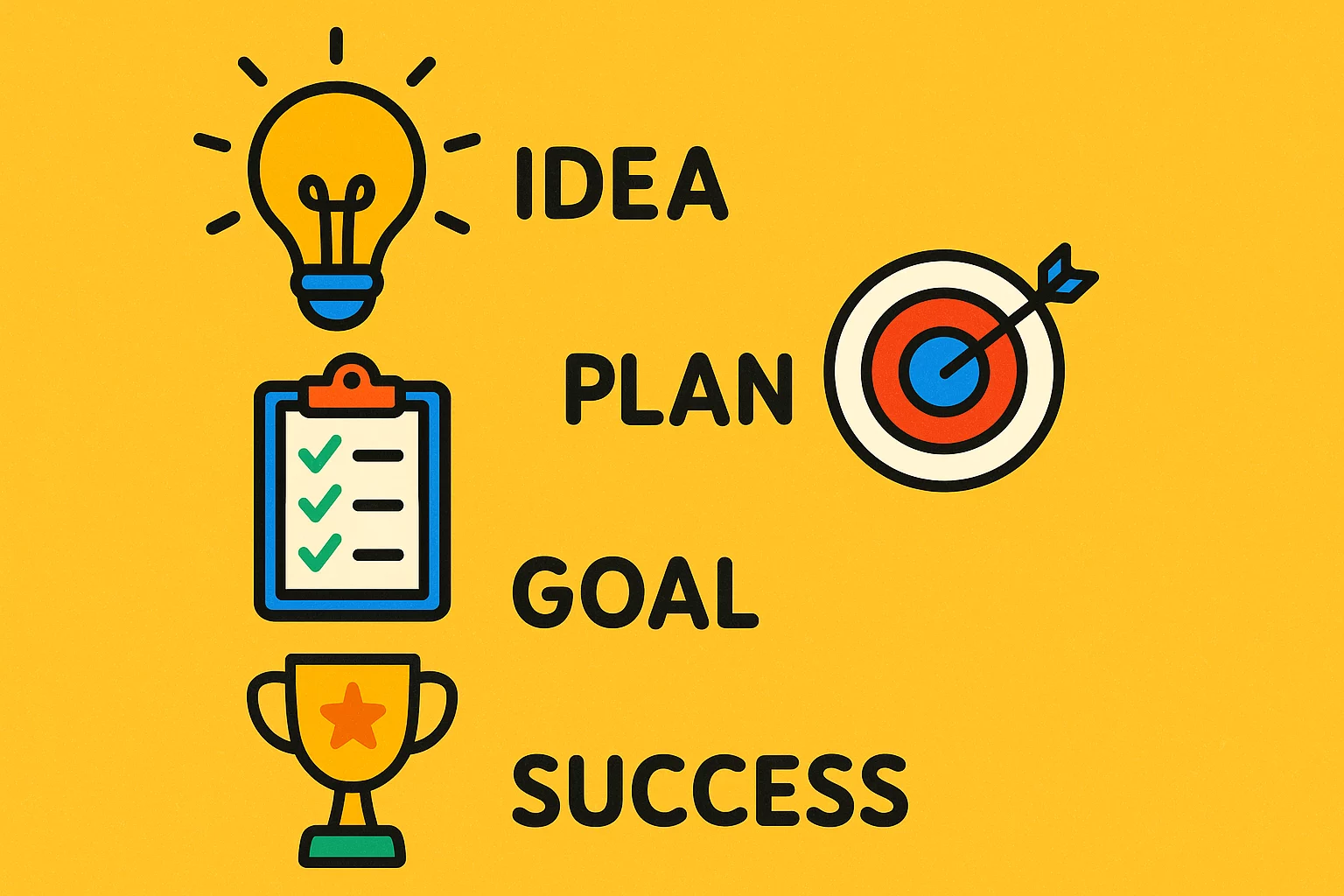One of the first and most critical decisions you will make when planning a solar module factory is determining the right level of automation. This choice goes far beyond machinery, influencing your initial investment, long-term operating costs, and ultimate competitiveness. Many new entrepreneurs assume maximum automation is always the best path, but the reality is more nuanced. In fact, the optimal strategy depends entirely on your production scale.
This guide explores the strategic differences in automation between a 100 MW startup facility and a 500 MW large-scale plant. Understanding these distinctions provides a clear framework for making the right decision for your specific business goals.
Automation in Context: More Than Just Robots
Before comparing factory sizes, let’s clarify what automation truly means in solar manufacturing. It’s not simply about replacing human workers with machines. True industrial automation is a system designed to achieve three primary goals:
-
Consistency: Automated systems perform the same task with the same precision, millions of times. This drastically reduces variations in quality and ensures every module meets exact specifications.
-
Throughput: Machines can work faster and longer than human operators, enabling the high production volumes required to be competitive in the global market.
-
Data Intelligence: Modern automation systems collect data at every step. This information is crucial for optimizing processes, predicting maintenance needs, and ensuring full traceability of every component in every module.
The core challenge is balancing the significant initial capital expenditure (CAPEX) of automation against the long-term reduction in operational expenditure (OPEX) it delivers. This is precisely where scale becomes the deciding factor.
A Tale of Two Factories: Strategic Automation at Different Scales
To illustrate how production volume changes the automation equation, let’s compare two distinct factory profiles.
The 100 MW ‘Market Entry’ Factory
A 100 MW facility is often designed for entrepreneurs entering a new regional market. The primary goals are typically to establish a local presence, build a brand, and achieve profitability with a manageable initial investment.
Automation Strategy: Smart & Scalable
For a factory of this size, full automation is often not the most prudent investment. The focus should be on ‘smart automation,’ targeting only the most critical processes where precision and consistency are non-negotiable.
Critical Automation: Processes like stringing (connecting the solar cells), lamination, and electrical testing (Hi-Pot and EL) should be automated to guarantee module quality and safety. These steps directly impact the final product’s performance and longevity.
Strategic Manual Labor: Other tasks, such as loading glass, material handling between stations, and final framing and boxing, can be performed efficiently by a well-trained local workforce. This approach significantly reduces the initial machinery cost.
The Financial Logic:
At the 100 MW scale, the production volume isn’t high enough for labor savings from full automation to quickly offset the massive initial investment. Instead, the return on investment (ROI) is driven by entering the market faster with lower capital risk. The key is a forward-thinking layout. A well-designed turnkey PV production line allows you to add more automation as demand grows, protecting your initial investment.

The 500 MW ‘Market Leader’ Factory
A 500 MW factory is built for a different purpose: to compete on a national or international level through economies of scale. The primary goal is to produce a very high volume of modules at the lowest possible cost-per-watt.
Automation Strategy: Maximum & Integrated
At this scale, maximum automation is no longer a choice—it’s a requirement for survival. The sheer volume of materials and finished products moving through the factory makes manual handling both inefficient and prone to error.
End-to-End Automation: From the moment raw materials enter the line to when the final, packaged pallet is ready for shipping, nearly every step is handled by automated systems. This includes robotic glass loading, automated bussing, and integrated conveyor systems.
Centralized Control: The entire line is managed by a central Manufacturing Execution System (MES). This software optimizes workflow, tracks every module in real-time, and minimizes downtime.
The Financial Logic:
The financial justification for full automation at 500 MW is clear and compelling. While the initial investment is substantial, the operational savings are immense. Reducing the number of operators per shift in a 24/7 operation saves millions in labor costs annually. Furthermore, the increased throughput and yield from an integrated system—meaning fewer rejected modules—dramatically lower the cost of each module produced, making the factory highly competitive.

Your Decision Framework: Four Questions to Ask
There is no single correct answer for automation. The right path depends on a careful analysis of your business plan and market conditions. As you begin planning your solar factory, ask yourself these four questions:
-
What is your primary business goal? Are you aiming to serve a specific regional market with a premium product (favoring a 100 MW approach), or do you intend to compete on volume and price (requiring a 500 MW approach)?
-
What is your available capital? Be realistic about your initial budget. It is better to build a successful, smartly automated 100 MW facility than to underfund a poorly executed 500 MW project.
-
What is the labor situation in your region? Consider both the cost and the availability of a skilled technical workforce. In some regions, investing more in automation may be a strategic necessity due to labor shortages.
-
What is your long-term vision? Do you plan to scale up over time? If so, ensure your initial factory layout and choice of partner allow for modular expansion and future automation upgrades.
Frequently Asked Questions
Can I upgrade the automation of my factory later?
Yes, absolutely. A well-designed production line is modular. You can start with key automated machines and a manual transfer system, then later integrate conveyors and robotics as your production needs increase. This is a common and financially sound strategy.
Does more automation guarantee better quality?
Automation guarantees better consistency. A highly skilled and well-managed manual team can produce excellent quality, but the risk of human error is always present. Automation eliminates this variable in critical processes, ensuring every module is built to the same high standard.
What is the biggest mistake new owners make regarding automation?
The most common mistake is a mismatch between scale and investment. Some over-invest in full automation for a small factory, unnecessarily extending their ROI timeline and reducing flexibility. Others try to build a large factory with too little automation, creating production bottlenecks and quality control issues that prevent them from ever reaching their target capacity.
The Right Partner Makes the Difference
Choosing the right level of automation is a foundational decision that will shape the future of your business. It requires a partner who understands not only the technology but also the business realities of starting and scaling a solar module factory.
For over 25 years, we have helped entrepreneurs and investors around the world navigate these decisions. We don’t just sell machines; we design and build complete, turnkey solutions tailored to your specific goals and budget.
Ready to develop a clear, strategic plan for your project? Contact us to get started.

